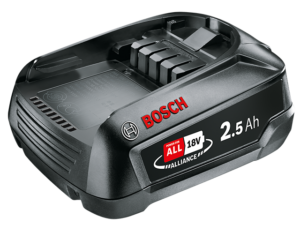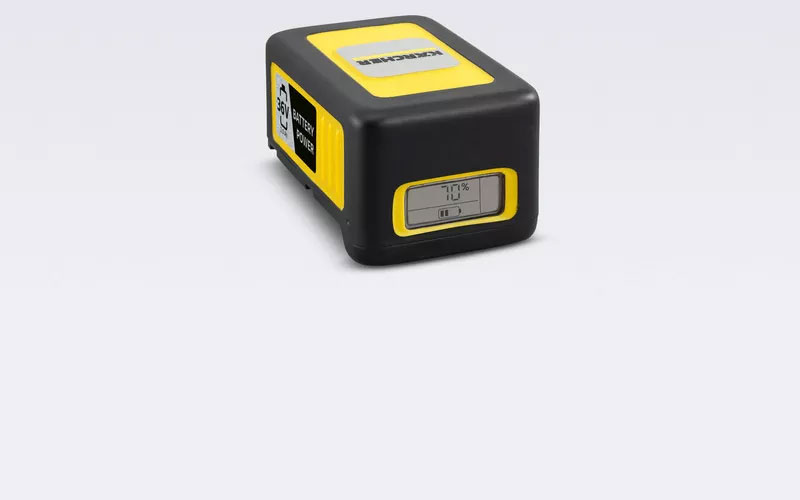For several years, battery-powered home and garden tools have been enjoying growing popularity among consumers. The advantage is obvious. No annoying, sometimes 10 to 20 meter long cable that you have to pull behind you, which tends to get stuck somewhere and is also a real danger if you run over it when mowing the lawn.
There have been rechargeable devices for all sorts of uses for years. From lawn mowers to leaf blowers to vacuum cleaners. As obvious as the advantage, however, the disadvantage of these devices quickly becomes apparent: the operating time until the device has to be recharged. What good is the best “wireless” device if you have to take an hour break every 15 minutes for charging.
While the early devices often had built-in batteries, these are now mostly exchangeable. So you can work for a longer period of time with several pre-charged batteries and recharge them at the same time.
Unfortunately, high-performance batteries are not exactly cheap and sometimes make up half the device price. Some manufacturers have recognized the problem and started a trend towards multi-device replaceable battery systems. For example, Kärcher relies on only 2 battery systems for the entire product range in the home and garden equipment sector. An 18V and a 36V system. The batteries are interchangeable within the same voltage class. These are each available with different capacities and are compatible with each other. The manufacturer markets the platform under the term “Battery Power”. In this way, the company increases customer loyalty, while the customer saves money when buying a certain number of devices that he does not have to buy a new battery for every time. And the environment is also helped, because batteries are not exactly known for their environmentally friendly production and disposal.
Bosch is pursuing the same approach under the term “Power for All”. Here, too, there is an 18V and a 36V system.

